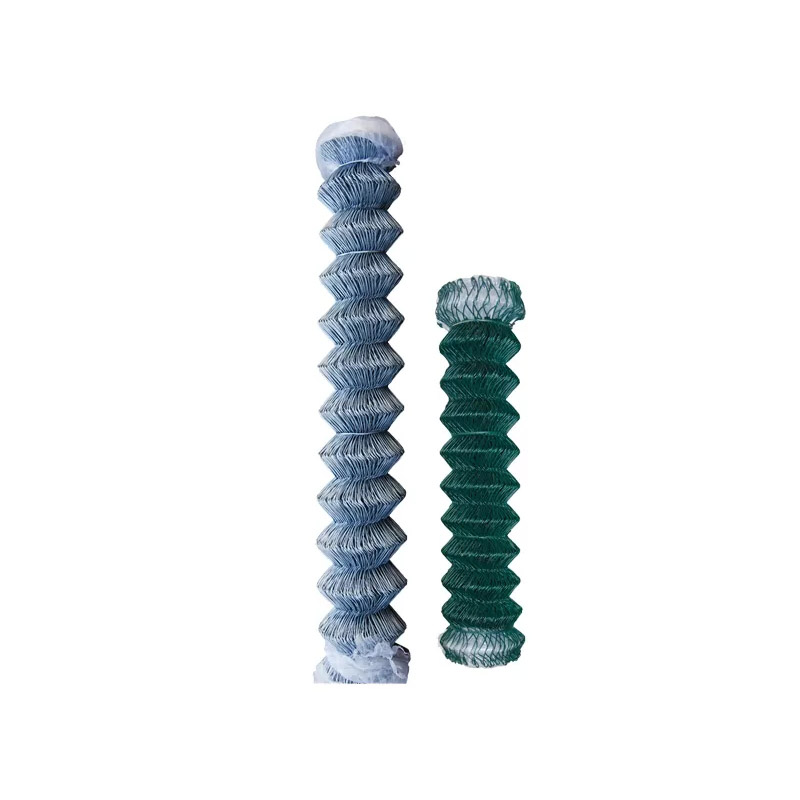
- Mobile Phone
- +8613931874955
- sales@cntcmetal.com
High-Performance 316 Stainless Steel Mesh for Various Industrial Applications
Understanding 316 Stainless Steel Mesh A Comprehensive Overview
316 stainless steel mesh is widely recognized for its outstanding durability, strength, and resistance to corrosion. It is made from an alloy that includes molybdenum, which significantly enhances its performance in harsh environments. This unique composition makes 316 stainless steel particularly suitable for applications where exposure to corrosive agents is common, such as in marine environments or chemical processing industries.
One of the principal advantages of 316 stainless steel is its excellent resistance to pitting and crevice corrosion, which is a common concern in other stainless steel grades. This attribute is crucial when the mesh is utilized near saltwater or in environments rich in chlorides. Employing 316 stainless steel mesh ensures that the material maintains its structural integrity even when subjected to harsh conditions, making it a preferred choice for long-term applications.
The versatility of 316 stainless steel mesh is another factor that contributes to its popularity
. With various mesh sizes and wire diameters available, it can be customized to meet specific requirements for different projects. It is commonly used in applications such as filtration, reinforcement, and protective barriers. Industries such as food processing, pharmaceuticals, and architecture often rely on 316 mesh due to its hygienic properties and aesthetic appeal. The smooth surface of the mesh prevents bacteria buildup, making it an ideal choice for environments that demand strict hygiene standards.316 stainless steel mesh

In architectural applications, 316 stainless steel mesh serves both functional and decorative purposes. It can be used for facades, sunshades, and safety railings, blending durability with modern design aesthetics. The mesh is capable of enhancing the visual appeal of structures while ensuring safety and performance are not compromised. Moreover, the electricity conductance and non-magnetic properties of 316 make it apt for high-tech installations, including those found in research facilities and laboratories.
Furthermore, the ease of maintenance is a significant benefit associated with 316 stainless steel mesh. Regular cleaning is straightforward, and the material can withstand exposure to various cleaning agents without degrading. Unlike other forms of metal, 316 stainless steel does not require frequent replacement or treatment, thereby reducing long-term operational costs.
When considering the economic aspect, while 316 stainless steel mesh may come at a higher initial cost compared to other materials, its longevity and reduced maintenance needs often result in overall cost savings. Investing in high-quality materials not only ensures safety and compliance but also enhances the lifespan of installations.
In conclusion, 316 stainless steel mesh stands as a superior choice for many industrial, architectural, and commercial applications. Its remarkable resistance to corrosion, exceptional versatility, and low maintenance requirements make it an invaluable asset in various sectors. As industries continue to emphasize sustainability and quality, the demand for materials like 316 stainless steel mesh is only set to increase, reflecting the need for robust solutions in challenging environments. With its myriad of benefits, it is indeed a material that offers long-term value and reliability.
share:
-
Your Source for Concrete Wall Ties and Masonry AccessoriesNewsJul.10,2025
-
Unlocking the Power of Iron Wire for Every ProjectNewsJul.10,2025
-
Explore Advanced Chain Wire and Stainless Steel Mesh FencingNewsJul.10,2025
-
Discover the Benefits of Annealed Wire ProductsNewsJul.10,2025
-
Discover China Stainless Steel Wire Mesh SolutionsNewsJul.10,2025
-
Build with Confidence Using High-Performance Masonry AccessoriesNewsJul.10,2025
-
Why Sacrificial Formwork Is Redefining Underground ConstructionNewsJun.06,2025



















